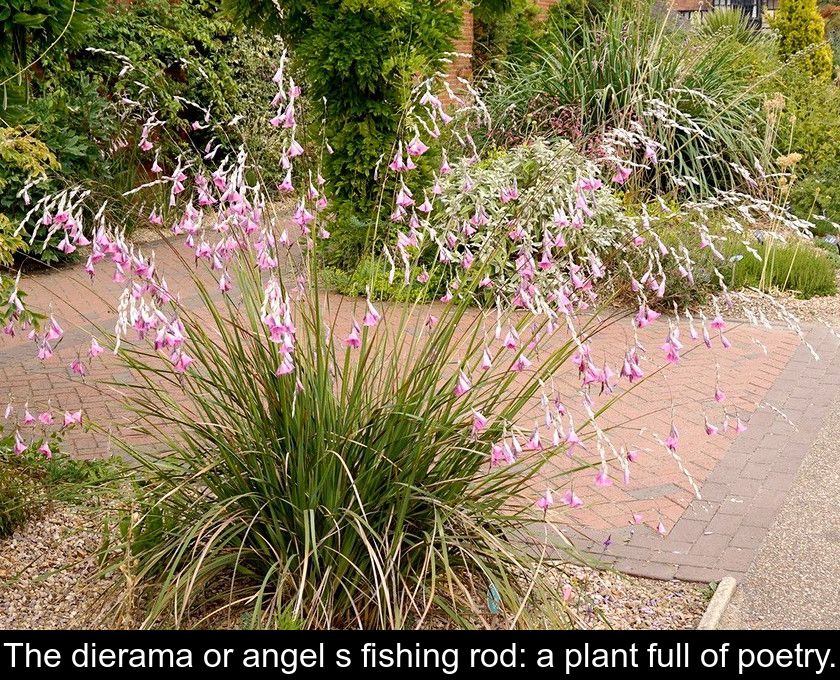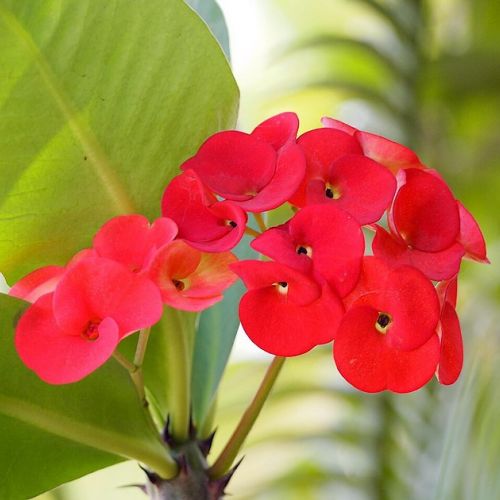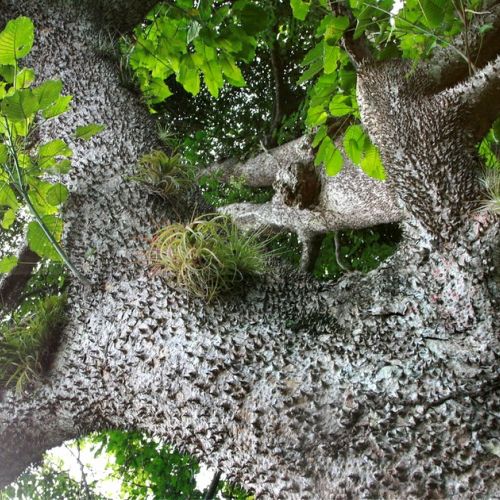The Dierama Or Angel's Fishing Rod: A Plant Full Of Poetry.
Have you heard of the plant called Angel's Fishing Rod? Behind this funny name lies the dierama, a plant with an appearance as poetic as its nickname! Here's everything you need to know about this pretty perennial native to Africa.
"This is a plant from the Iridaceae family."
The dierama is a bulbous perennial plant belonging to the same family as irises. Although it belongs to the large Iridaceae family, which includes irises, crocuses, and gladioli, it stands out from these bulbs because of its graceful appearance, which gives it the look of a grass.
In addition to its fine foliage and tufted growth habit, this perennial produces arching inflorescences in the summer that bend and sway at the slightest breeze. This characteristic has earned it the lovely nickname of angel's fishing rod!
Its summer blooming offers all shades of pink.
The fishing rod of angels blooms in summer and offers a spectacle of great poetry. Its inflorescences, arched like fishing rods, bend under the weight of delicate bell-shaped flowers.
There are over 40 species of dierama and multiple cultivars to adopt in your garden... The most well-known and appreciated species by gardeners for its beauty is Dierama pulcherrimum.
Its bell-shaped flowers are abundant and present different shades of pink, ranging from the almost white pale pink of the Album variety to the almost black purple of the Merlin variety with very dark violet bells. And if you are looking for beautiful cherry red flowers, opt for the aptly named Dark Cherry variety!
She enjoys mild climates.
Perennial plant native to the wet prairies of Africa, dierama thrives in mild climates. This plant particularly appreciates coastal climates combining winter mildness and summer freshness.
Even if you don't live in Brittany, you can try to acclimate it at home. In our latitudes, it is quite hardy enough to withstand short freezes of around -8°C. You just need to make sure to install it in the sun and protect it from the cold in winter.
You also need to be careful to choose the right location in the garden because once it is installed, this plant hates being moved. The angel's fishing rod will thrive in a sunny, sheltered and humid corner, with a light, fresh and draining soil.
This plant is very attractive as a single subject but also in a massif associated with other perennials and grasses or at the edge of a body of water.
Planting is done in the spring.
Plant dierama preferably in spring between March and May. Work the soil and add sand so that the ground is well-drained before planting one to two feet per square meter. Be careful not to bury the plant's collar which should remain on the surface!
Note: it is also possible to grow angel's fishing rod in a pot, provided you provide it with a large enough container with a water reserve and drainage at the bottom of the pot. You can, for example, put clay balls at the bottom of the pot before filling it with a mixture of garden soil, sand, and potting soil.
The interview is rather easy.
The first few years after planting, Dierama maintenance consists of regular watering to keep the soil always fresh. To promote plant growth, you can also apply fertilizer every spring. The first flowering usually occurs after 2 years.
If you live in a region with cold winters, don't forget to protect it with mulch and winter protection. Except for these recommendations, Angel's fishing rod maintenance is rather easy since this plant does not need to be pruned.
If you want to multiply it, the easiest method is to divide a plant in spring or autumn. But this clump division should remain occasional because Dierama doesn't like to be disturbed too much...











